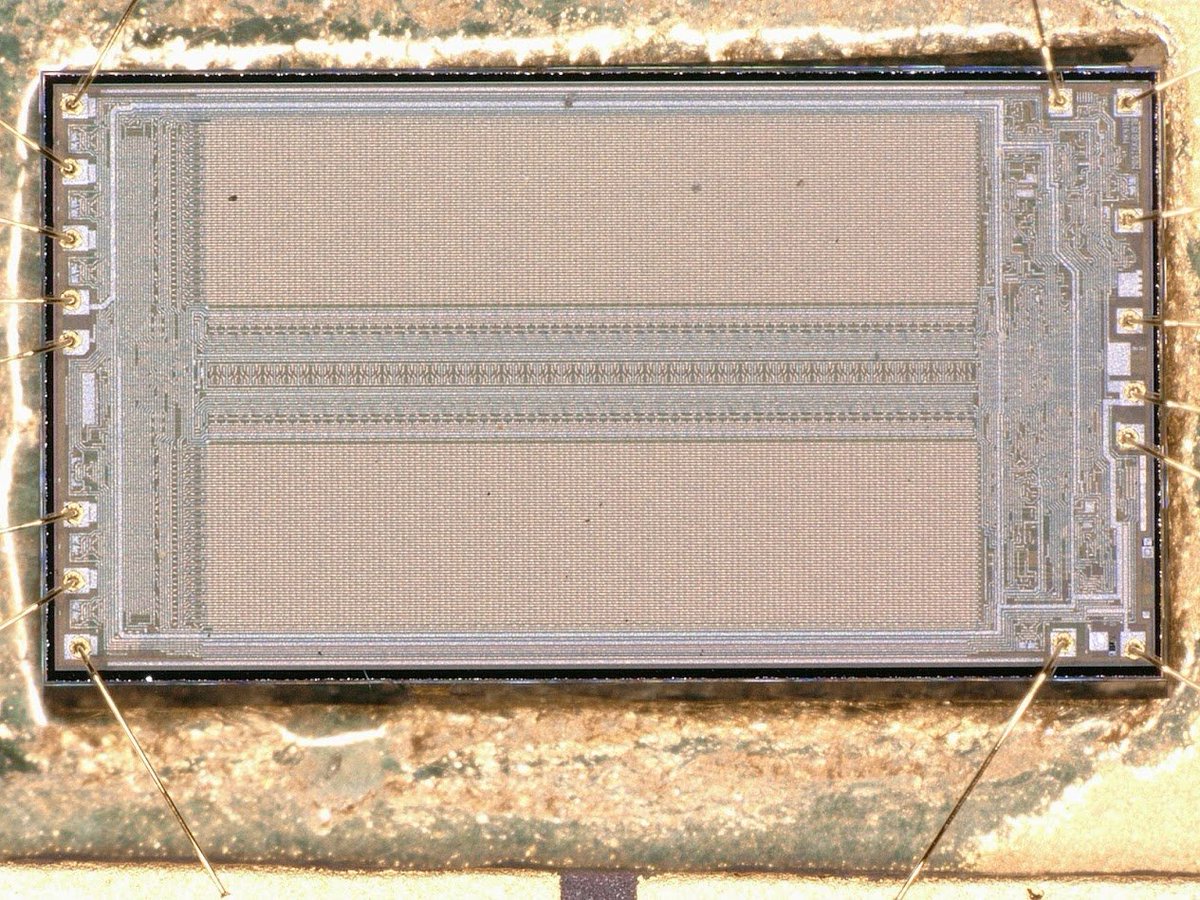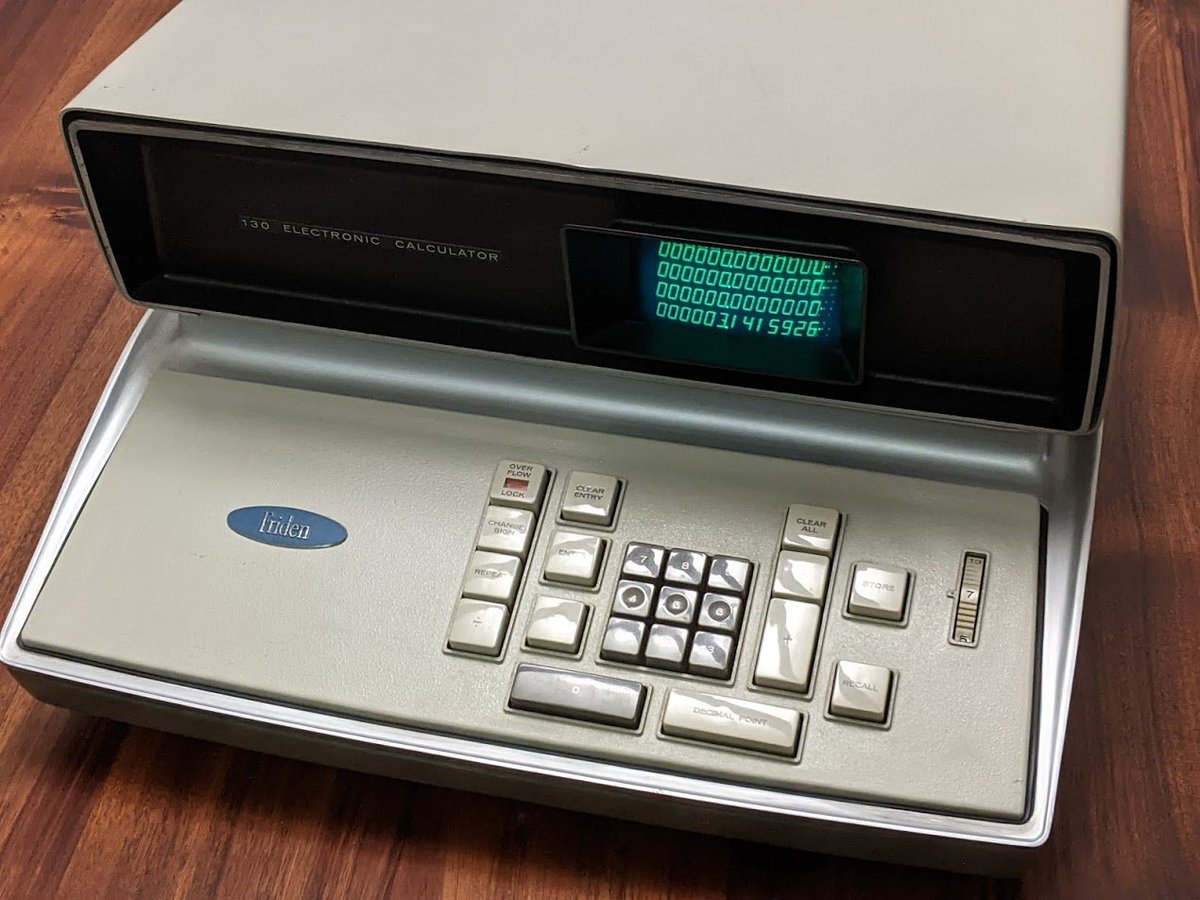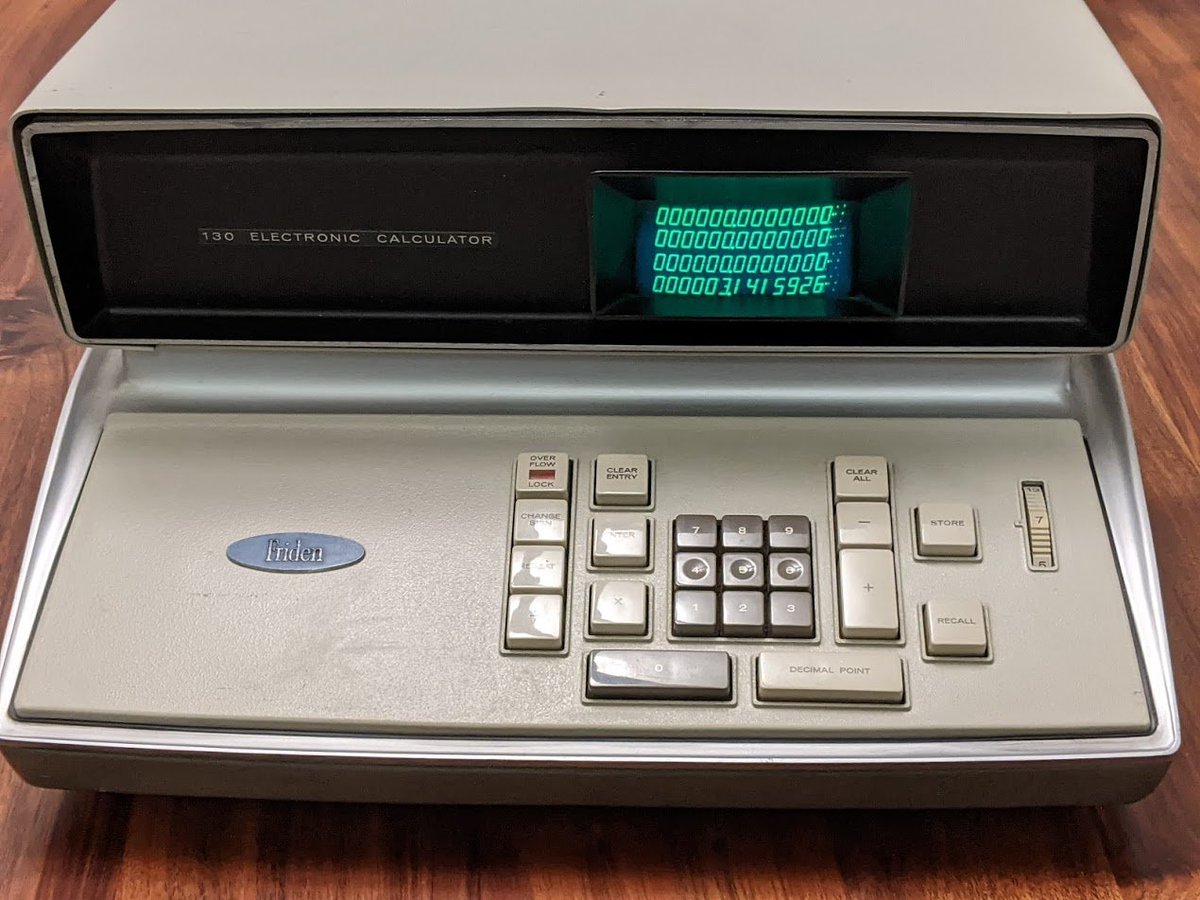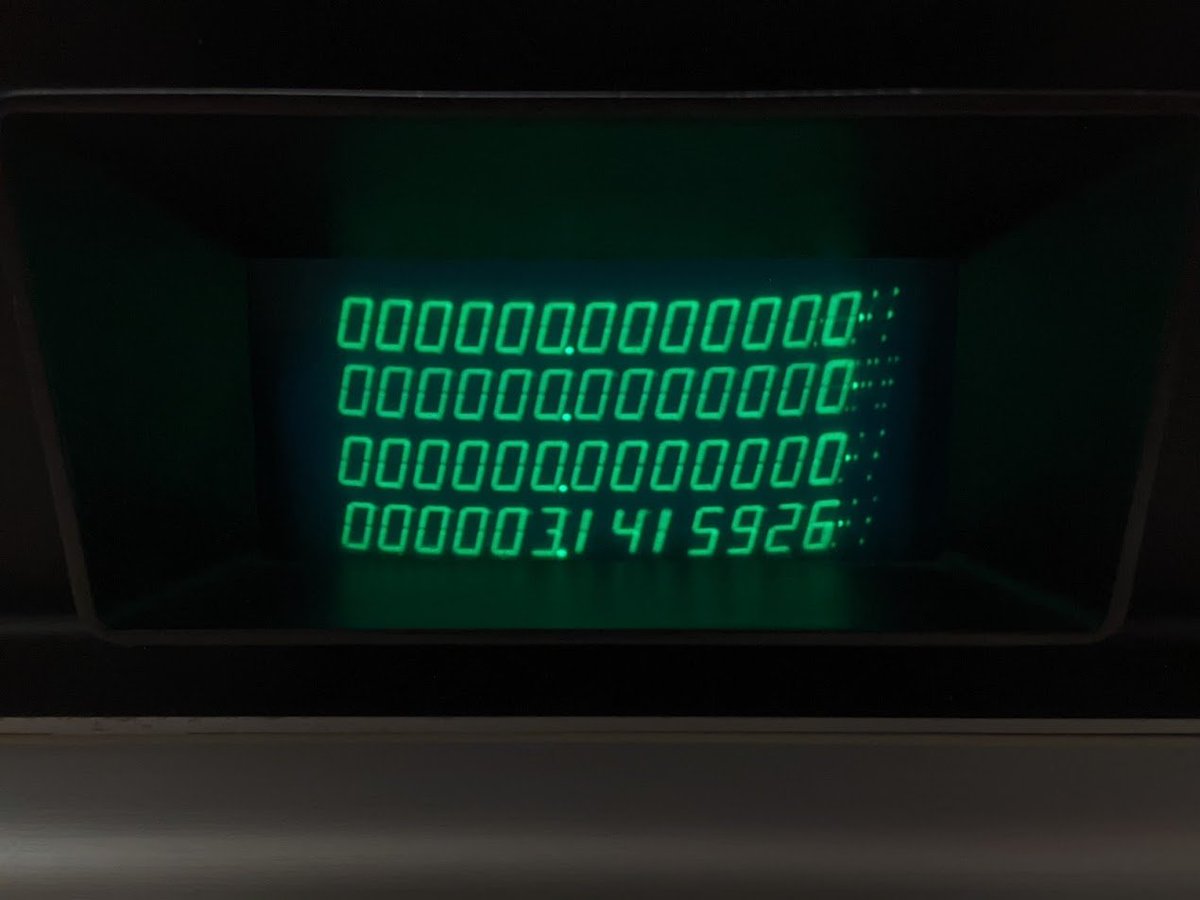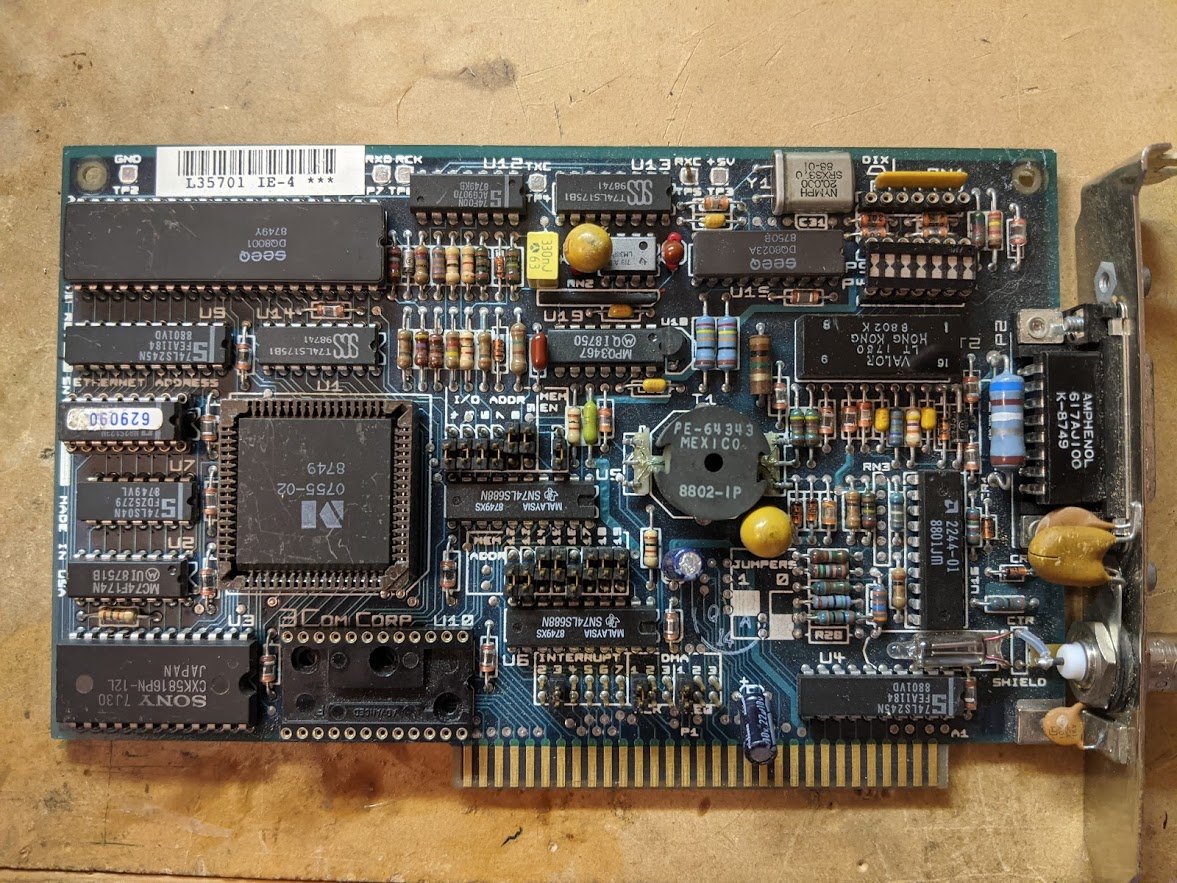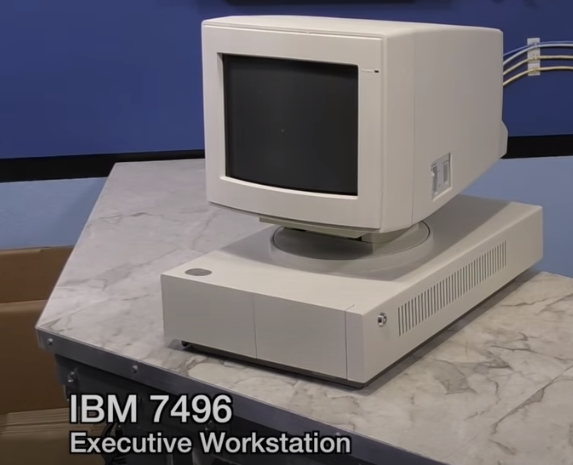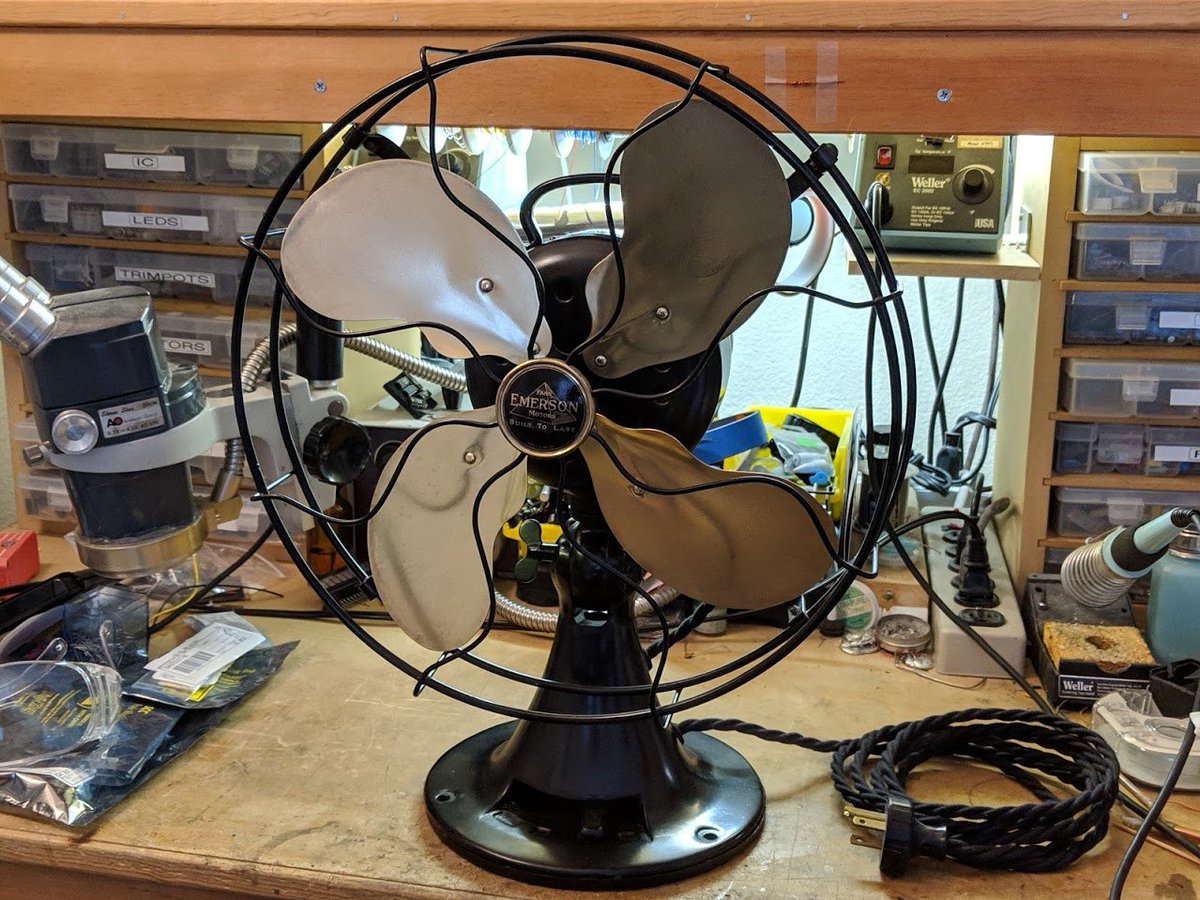
looking through some old photos, i found some neat pictures of IC chips. this one is a 7805 regulator. 

intel 4289 standard memory interface. (for the 4040 CPU.) note the bizarre damaged bond wire and repair (with solder!) 

National Semiconductor 7438 quad 2-input NAND gate. buffered, open collector output. the lower left corner is missing due to my primitive decapping technique 🔨 

• • •
Missing some Tweet in this thread? You can try to
force a refresh


